The Needs of Infantry
Topic: Drill and Training
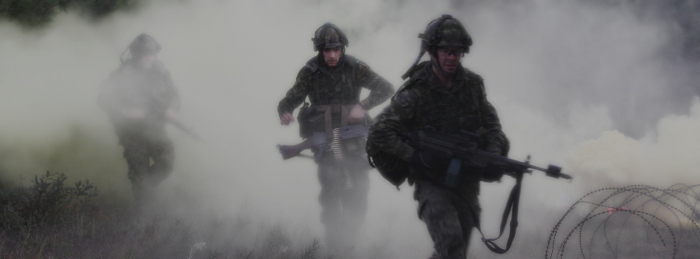
The Needs of Infantry
By Arthur Bryant in the London Times
Republished in Canadian Army Training Memorandum, No 57, December 1945
In every war, victory in the final resort depends on the Infantry. "The least spectacular arm of the Army," Field Marshal Montgomery has described it, "yet without them you cannot win a battle. Without them you can do nothing at all. Nothing!" Or, as "Field Service Regulations" puts it, "success in war, which is won by proper cooperation of all arms, must in the end be confirmed by Infantry." The only arm which can penetrate virtually anywhere it has to fight its way to and through the objective. "It is in this that Britain—not normally regarded as a military nation at all—has always excelled.
Though despised at the start of our major wars as military bunglers, and hopelessly handicapped at first by lack of equipment and up-to-date training, we have always emerged victorious in the end, not only at sea, our traditional element, but on land, with our Infantry—guards, riflemen, Highlanders, Light Infantry, fusiliers and county regiments alike—winning for themselves an international name. The archers of Agincourt who so unexpectedly routed the armoured knights of the Middle Ages, the British line which did the same to Napoleon's Grande Armee, the men of Arnhem; the story is always the same. The phrase and the weapons change, but the genius of the British foot soldier remains a constant, or at any rate, recurrent factor. In time of peace, this is forgotten, and nowhere more quickly than in England.
Outside the little world of the professional army a profound ignorance of our military tradition settles down like a fog at the end of every war. The popular conception of the Infantryman in the twenties and thirties was of a dense if honest, chap carrying a rifle, mechanically forming fours, and going through much inexplicable marching and "spit-and-polish." Support was lent to this view by recollections of the last war, when the true function of Infantry was largely lost sight of and when great masses were mown down while mechanically walking behind barrages which a machine-minded age supposed could take the place of human resources and skill. In 1940 the Germans reminded us they had given a preliminary hint in March, 1918—what Infantry, properly trained and supported by other arms coordinated to a single purpose, could do in the way of penetrating even the strongest defensive position. The great men who led the British Army through the fiery ordeals of Norway, Dunkirk and Greece took the lesson to heart and improved on it.
Today, the British Infantryman is almost the most versatile craftsman in the world. His is an astonishing range. He has to be able to handle and service a wide variety of weapons and to use them under conditions of close fighting in which the slightest error or mechanical defect may bring immediate and fatal retribution. His is no single-type job, like a gunner's or signaller's, but a multiple one in which he must constantly adapt himself to unforeseeable conditions. He has to be what the Commando is in the popular eye—a jack-of-all-trades—of infinite resource, ready to look after himself in all situations and to turn his hand to anything at any moment. Digging in with pick and shovel, crawling silently on patrol In the dark, climbing cliff and rock and crossing river, swamp and forest, negotiating minefields and wire, manning trenches, storming positions, repelling tanks or dive-bombers, these are all in a day's—or night's work. He has to be alert and quick in practical common sense, always on his guard against danger, versed in the arts of concealment, observation and deduction, and perfectly coordinated in body, mind and heart. Between him and his officers and comrades there has to be the closest and, at the same time, most flexible cooperations practised and tested teamwork on which perfect confidence can be based. And, because in modem war dispersal is essential, and because once battle is joined there is little time or opportunity for orders, he has to be able to act on his own initiative. It is on the individual Infantryman and the platoon and section that the fate of even the best-planned action depends.
Above all, the Infantryman has to be physically strong and spiritually courageous. His place in action is nearest to the enemy; that of the greatest danger and discomfort. Carrying his own weapons and equipment, fighting sometimes for days without sleep or rations, living in wet clothes and sodden or frozen trenches amid din, stench and horror, he needs the highest standard of fitness and toughness. Without a great heart he is nothing. In defence he has to hold on when every natural feeling prompts him to yield. In attack he has to force his way through the line where the defender has planned to hold him and get under his guard. Only the flame of his spirit can enable him to maintain the momentum of attack. It is not that he is braver than the men of other arms—he would be the last to make such a claim—but that he needs his courage more. The sailor has his ship, the artilleryman his gun, the cavalryman his tank, but the foot soldier has little but his pride and morale. On the day of battle everything turns, not as in a ship on the captain, but on the individual private the lowest common denominator—standing firm, even though there is no one to oversee him. If he does not, the best-laid scheme will fail.
First Problem
The first problem of training, therefore, is to give the Infantryman an invisible armour of personal pride and morale that will stand the test of battle. In our army this has always been the task of the regiment, and it is the essence of a British regiment that it regards itself as second to none.
In continental armies the conception of the elite stormtrooper has often prevailed, with the great mass of Infantry regarded as mere cannon-fodder and as socially inferior to other arms. "Notre armée," an Italian officer remarked before the war to a Highland officer, "Cavalerie bon, Infanterie très bourgeoise." "Dans noire armée," the indignant Highlander replied, "Artillerie bon, Cavalerie bon; Infanterie bon, tout bon; Infanterie avec la jupe creme de la creme!"
Nothing could have expressed more perfectly the attitude of the British Infantryman. He regards himself, however, recruited not as a pawn in a despised bourgeois corps, but as a member of a peculiar, distinguished and exclusive tribe. It is his pride in this which gives him background in battle. There is not a regiment in our army whose history embalmed in its peculiar traditions, idiosyncrasies and customs—is not worthy of a Homer.
Anything that tended to weaken the morale-building qualities of the regiment would be a fatal blow to the fighting strength of the British Army, yet the regiment by itself is not enough. For one thing, it is too small a unit to stand up to the casualty drain of modern global war. Again and again in the present and last war, it has proved impossible to fill the depleted ranks of a front-line battalion with men of the same regiment. Instead, men from other regiments have been hastily drafted in and sent into action before they have had time to acquire new loyalties and pride - sometimes with serious results. Men who have to stand the unpredictable strains of battle are not arithmetical digits who can he moved about to satisfy the demands of logistics. For this reason some who most value the regimental tradition have begun to ask whether a regional grouping of our historic regiments for common training and drafting in time of war might not he an advantage. Local pride and feeling, especially in the ranks, can be a very potent factor in creating morale and the geographical evolution of our regimental system begun in the days of Cardwell—might perhaps now be taken a step farther. Martial loyalties need not conflict, a man may be as proud of his division as of his regiment and the better soldier for his dual pride. But the main new development in Infantry training has been the Battle School. This, born in the dark days after Dunkirk to train men in a new technique of war, has grown into the School of Infantry.
In the famous parent school on the northern moors and in the satellite and divisional schools now established in every command and theatre of war, Infantry Officers and soldiers are trained in the latest developments of their craft and—in General Paget's phrase—"physically and emotionally prepared for the shock of battle." With an equipment and range of experience greater than that which any regimental training unit can command, the School of Infantry, like John Moore's School for Light Infantry at Shorncliffe, has not weakened the regimental tradition but has fed and strengthened it. It has almost certainly come to stay as a permanent institution.

Posted by regimentalrogue
at 12:01 AM EDT
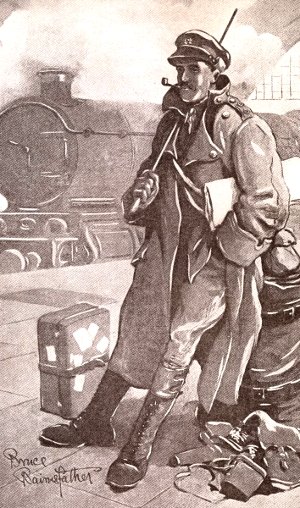


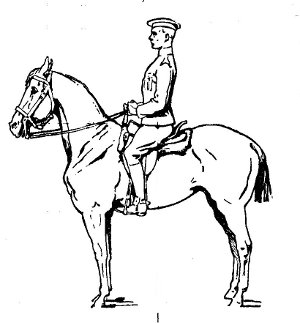
 Walking Wounded, North Africa 1943
Walking Wounded, North Africa 1943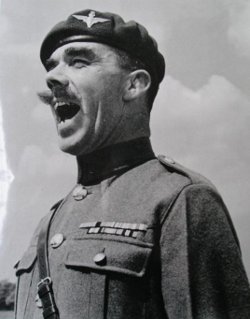 Napoleon Series Archive 2006 -
Napoleon Series Archive 2006 - 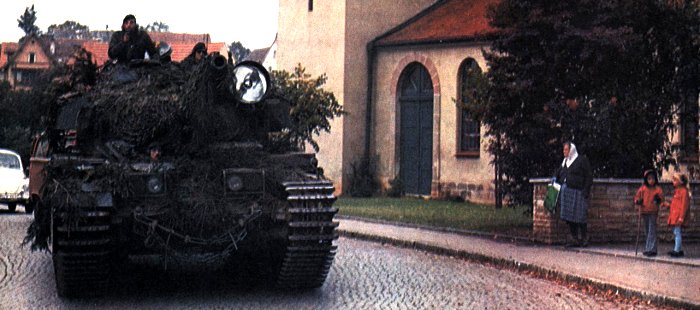
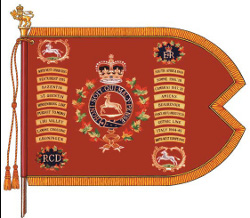
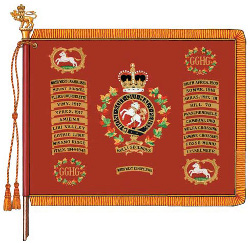




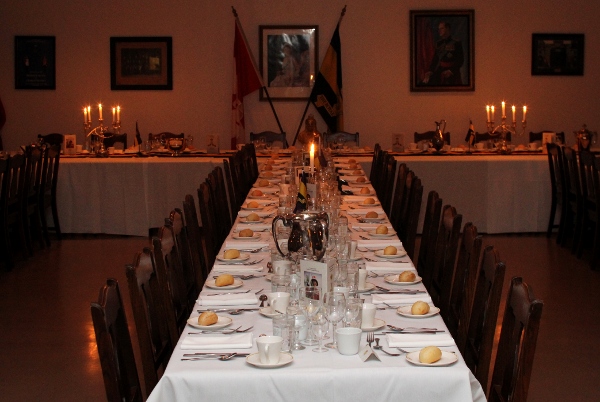


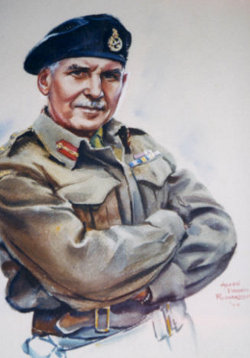 The following anecdote, from the biography of
The following anecdote, from the biography of 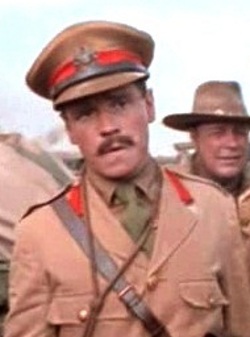 In a similar vein,
In a similar vein, 
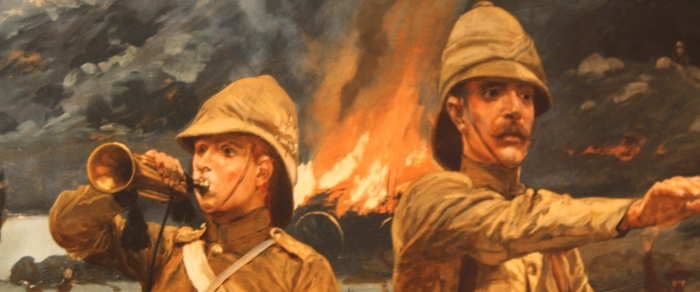
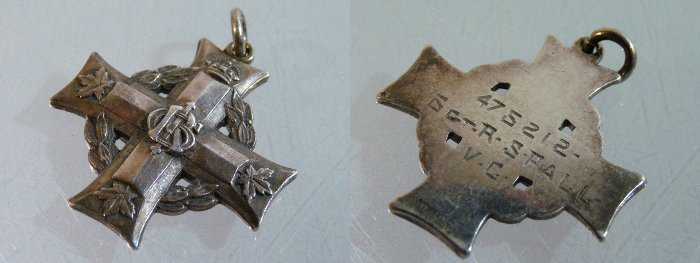
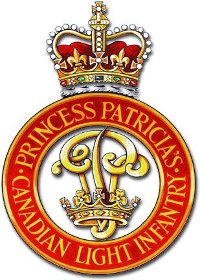
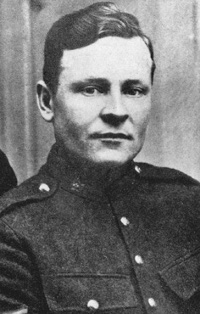
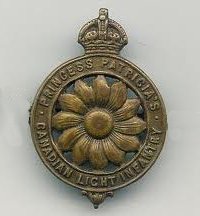

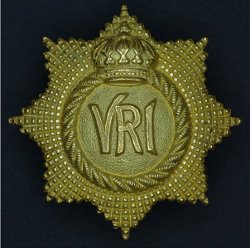
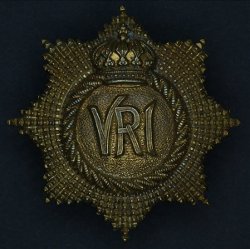

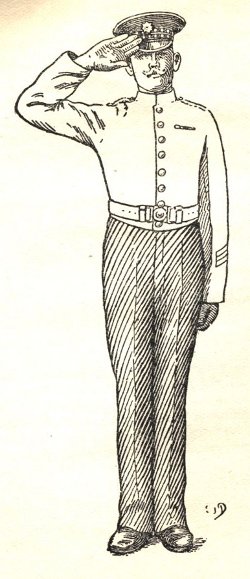 Saluting the out-of-uniform Officer
Saluting the out-of-uniform Officer
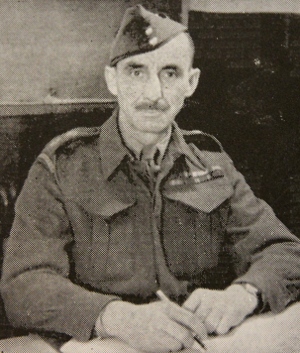 By Col. M.F. Gregg, Commandant, Officers' Training Centre
By Col. M.F. Gregg, Commandant, Officers' Training Centre
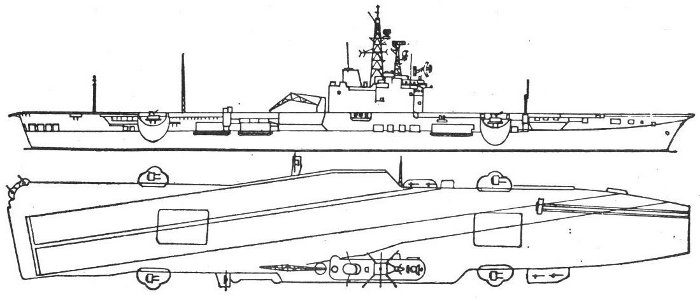
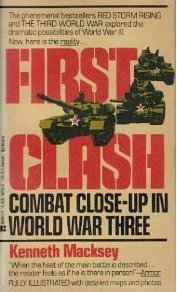 Good afternoon, and congratulations on your appointment,
Good afternoon, and congratulations on your appointment,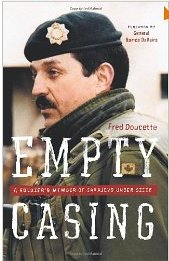 Balance reading on unconventional warfare with some of the older Cold War stuff, like "
Balance reading on unconventional warfare with some of the older Cold War stuff, like "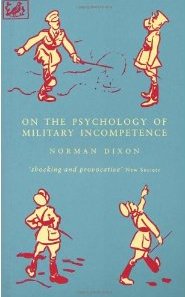 For history, I'd suggest starting with the history of your own regiment. Then explore the campaigns and battles the regiment celebrates. Becoming one of the local experts in regimental lore is never a bad thing and it can take years to absorb and place in context the minutiae.
For history, I'd suggest starting with the history of your own regiment. Then explore the campaigns and battles the regiment celebrates. Becoming one of the local experts in regimental lore is never a bad thing and it can take years to absorb and place in context the minutiae.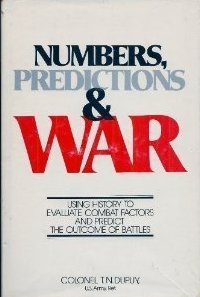 Challenge yourself occasionally, Pick up a book that stretches your reading level by its scholarly presentation, or even just the density of material. read them in small chunks and push yourself to digest complex material. One of my first tastes of this was Norman Dupuy's "
Challenge yourself occasionally, Pick up a book that stretches your reading level by its scholarly presentation, or even just the density of material. read them in small chunks and push yourself to digest complex material. One of my first tastes of this was Norman Dupuy's "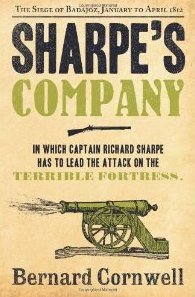 And don't ignore fiction. Fiction has the advantage of simplifying the scenario to just what the story needs. You can isolate and examine as you read and ask if you would have take the same decisions as the major characters.
And don't ignore fiction. Fiction has the advantage of simplifying the scenario to just what the story needs. You can isolate and examine as you read and ask if you would have take the same decisions as the major characters.